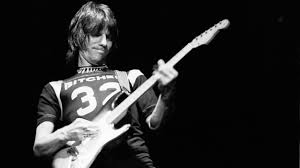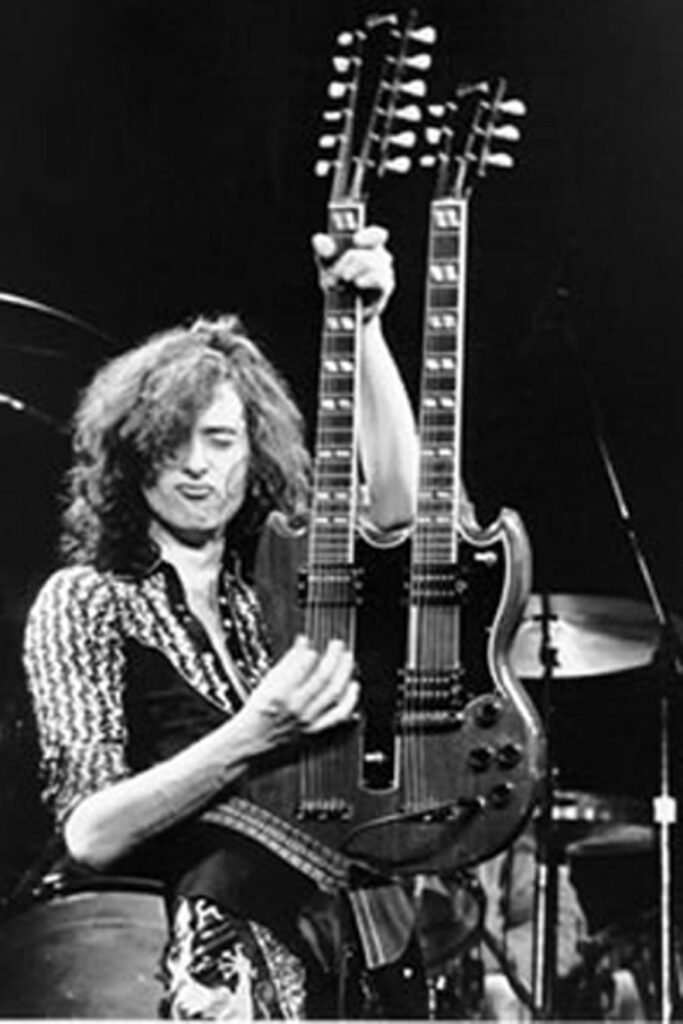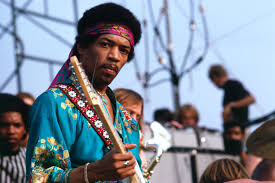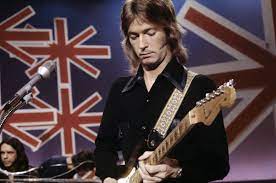
On a recent weekend afternoon, Muligo joined hundreds of others to see some creaky Southern rock bands perform songs that served as part of the soundtrack of misspent youth in a bygone era. If you don’t know anything about Southern rock music, the one thing that clearly stands out is the guitar solos. Not just any guitar solos, mind you, but those that are longer, louder, and faster than what your garden-variety rock band churns out. They often have two, three, and maybe four guitarists simultaneously peeling off face-melting licks. Think Lynyrd Skynyrd’s “Freebird” (which one band played), or the Outlaws’ “Green Grass and High Tides” (which the band performed).
The reason for telling this story is because guitar solos in rock/pop songs are pretty much a thing of the past. Other than Southern rock bands and some jam bands, guitar-driven music has had its day in the sun. The guitar solo made its grand entrance in the ’60s, with virtuosos like Hendrix, Clapton, Page and Beck making the guitar the dominant instrument in rock songs. When the ’70s arrived, you couldn’t swing a dead cat without hitting a lead rock guitarist known for their soloing. Guitar solos took a back seat for a while during the punk/new wave era but revved up again as the ’80s hair/metal bands took the stage. In the ’90s, rock guitar was mostly used for power chords in grunge music, with only a nod to the heavy guitar fury of yesterday. In this century, forget long and elegantly played guitar solos, save for the rock bands still trying to find relevance in a music industry that has leaned heavily toward club dance music, rap/hip-hop, and sappy pop ballads as their money-maker.
Guitars are still used in today’s music but mostly relegated to the rhythm section or allowed a split second of riffing. I’m positive that there are still many guitarists in modern bands who yearn to perform joyously ear-bleeding leads but kept in check by producers who explicitly prohibit even a sliver of guitar-shredding in a recording session.


Nowadays, hot-shot guitar slingers have either been sidelined by the infirmities of old age, death or have become a self-parody. There are still a few touring, like Clapton and Beck, but their appearances are infrequent and, at times, a shadow of their former selves. But today’s youth couldn’t care less if a song has a guitar solo or, for that matter, about the music itself. They seem to be more interested in locking their eyeballs on their phones to see what their favorite artists are wearing, drinking, or what kind of trouble they have gotten themselves into lately. When listening to a radio station playing “modern” rock/pop music, it sounded like uninventive boring crap. At this moment, one can hear all of the “modern” music lovers shout in unison: “Okay, boomer.” Fine by me, as I was fortunate to grow up in a time when music wasn’t a marketing ploy used to sell an artist’s clothing line.

That’s not to say there weren’t bands back in rock’s heyday that didn’t play mindless and bloated guitar solos. Arena-rock bands like Kansas and Foreigner are at the top of the list when it comes to perfunctory guitar solos that are way too long and don’t go anywhere.
Will there ever be a revival of the guitar solo? I seriously doubt it, given the current trajectory of the mainstream music biz. Pop divas and rappers, which have the ear of most Millennials and Gen Zers, have no or little use for guitar solos in their songs. And rock music, for the most part, has been marginalized like jazz. While guitar solos have been banished from today’s popular music scene, they will always have a place in the head, heart, and soul of those who certainly appreciate how fiery guitar work can magically transform an average song into a memorable one.
